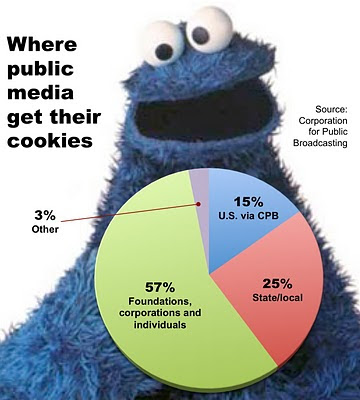Hyperlocals like TBD: More hype than hope
Launched with considerable fanfare and generous funding only six months ago by Allbritton Communications, TBD was the latest effort in the nation’s capital to create websites filled with intensely local coverage that, it was hoped, would attract large and loyal followings. Instead, they cost a bundle and withered for lack of interest.
Prior to TBD, whose staff and mission will be scaled back in, fittingly, a to-be-determined fashion, the two most prominent hyperlocal experiments in the District were Backfence, a pioneering start-up that succumbed in 2007, and Loudon Extra, a lavish two-year effort unsuccessfully underwritten by the Washington Post that folded in 2009.
TBD faltered for the same four reasons its esteemed predecessors could not get off the ground. For the record, these are the same reasons that most ill-conceived media start-ups fail.
:: Small audiences – The thesis underlying all hyperlocal efforts is that a sufficiently large number of individuals in a narrowly targeted geography will be captivated by the information the site provides about their community as to become avid readers of it. Intuitively, this makes perfect sense. Practically, there is not that much compelling news about the average community in the average month. If consumers have a limited amount of time to spend perusing the news, they are more likely to gravitate to such really big stories as what’s happening in Libya or the endlessly fascinating life of Justin Bieber. In any event, eyeballs – and lots of them – are the essential ingredient for every media venture. As the Washington Post and Allbritton Communications learned, it is at once difficult and expensive for even start-ups backed by wealthy media companies to coalesce a sufficiently large critical mass of readers in a tiny geographic area.
:: Big expenses – A quality news report requires feet on the street. Compelling web and mobile sites require sophisticated technical platforms. Audience development requires marketers equipped with adequate marketing budgets. And hyperlocal ad sales – especially among local dry cleaners and orthodontists – requires lots of people spending lots of time calling on prospects with very small (or often nonexistent) advertising budgets. All of this costs money – and lots of it, if you want to do things right. And cheaping out is a recipe for failure.
:: Small revenues – Because backfill banner ads for dubious weight-loss products yield little more than $1 per thousand views, serious hyperlocal publishers have to hire the aforementioned high-priced ad staffs to try to monetize the traffic they are fortunate enough to attract. Because hyperlocal sites for the most part have intimate audiences, they can only sell sponsorships for a few hundred dollars apiece. Unfortunately, the low yields barely cover the cost of the sales effort – much less all the other expenses enumerated above.
:: Big losses – High costs and low revenues add up, of course, to big losses. At some point, the losses become too onerous to bear and you get what happened at Backfence, Loudon Extra and TBD.
The setback at TBD will not spell the end of the hyperlocal experiment. AOL this year is spending $50 million to fund the roll-out Patch.Com in dozens of communities across the land.
Will Patch be the one to break the hyperlocal barrier? TBD.






